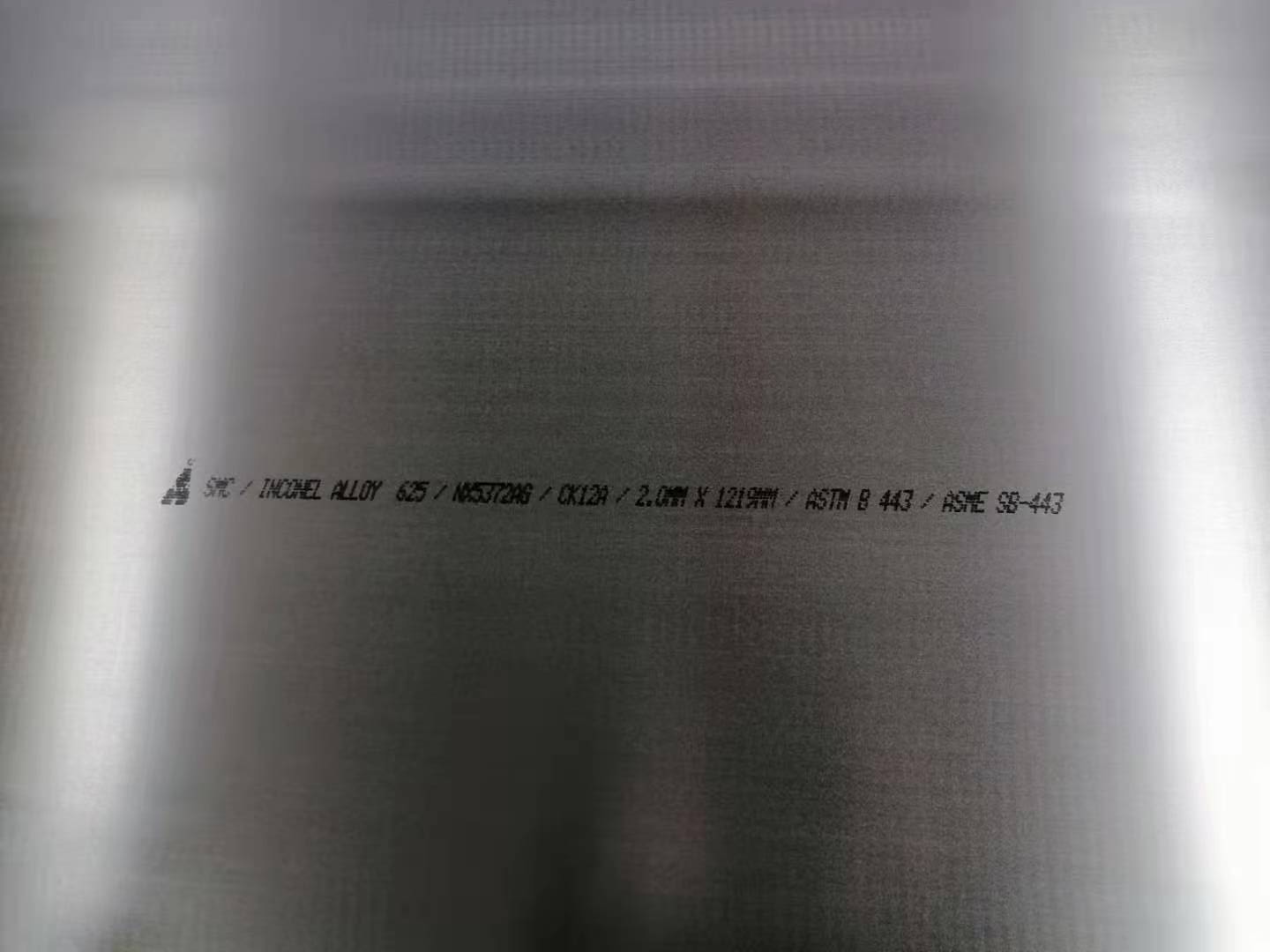Product Name: Inconel625/UNS N06625
International names: Inconel Alloy 625, NS336, NAS 625, W Nr. 2.4856, UNS NO6625, Nicrofer S 6020-FM 625, ATI 625
Executive standards: ASTM B443/ASME SB-443, ASTM B444/ASME SB-444, ASTM B366/ASME SB-366, ASTM B446/ASME SB-446, ASTM B564/ASME SB-564
Chemical composition: carbon (C) ≤ 0.01, manganese (Mn) ≤ 0.50, nickel (Ni) ≥ 58, silicon (Si) ≤ 0.50, phosphorus (P) ≤ 0.015, sulfur (S) ≤ 0.015, chromium (Cr) 20.0-23.0, iron (Fe) ≤ 5.0, aluminum (Al) ≤ 0.4, titanium (Ti) ≤ 0.4, niobium (Nb) 3.15-4.15, cobalt (Co) ≤ 1.0, molybdenum (Mo) 8.0-10.0

Physical properties: 625 alloy density: 8.44g/cm3, melting point: 1290-1350 ℃, magnetism: no heat treatment: insulation between 950-1150 ℃ for 1-2 hours, fast air or water cooling.
Mechanical properties: Tensile strength: σ B ≥ 758Mpa, yield strength σ B ≥ 379Mpa: Elongation rate: δ≥ 30%, hardness; HB150-220
Corrosion resistance and main usage environment: INCONEL 625 is an austenitic superheat alloy mainly composed of nickel. Originating from the strengthening effect of molybdenum and niobium solid solutions contained in nickel chromium alloys, it has ultra-high strength and extraordinary fatigue resistance at low temperatures up to 1093 ℃, and is widely used in the aviation industry. Although this alloy is designed for strength in high-temperature environments, its high content of chromium and molybdenum has high resistance to corrosion media, from highly oxidizing environments to general corrosive environments, with high resistance to corrosion spots and cracking corrosion, demonstrating excellent corrosion resistance characteristics. INCONEL 625alloy also has strong corrosion resistance against chloride contaminated media such as seawater, geothermal water, neutral salts, and saltwater.

Supporting welding materials and welding processes: It is recommended to use AWS A5.14 welding wire ERNiCrMo-3 or AWS A5.11 welding rod ENiCrMo-3 for the welding of Inconel625 alloy. The welding material dimensions include Φ 1.0, 1.2, 2.4, 3.2, 4.0,
Application areas: Components of organic chemical processes containing chlorides, especially in situations where acidic chloride catalysts are used; Cooking and bleaching tanks used in the pulp and paper industry; The absorption tower, reheater, flue gas inlet baffle, fan (wet), agitator, guide plate, and flue in the flue gas desulfurization system; Used for manufacturing equipment and components for use in acidic gas environments; Acetic acid and acetic anhydride reaction generator; Sulfuric acid condenser; Pharmaceutical equipment; Industries and products such as bellows expansion joints.
Post time: Dec-11-2023